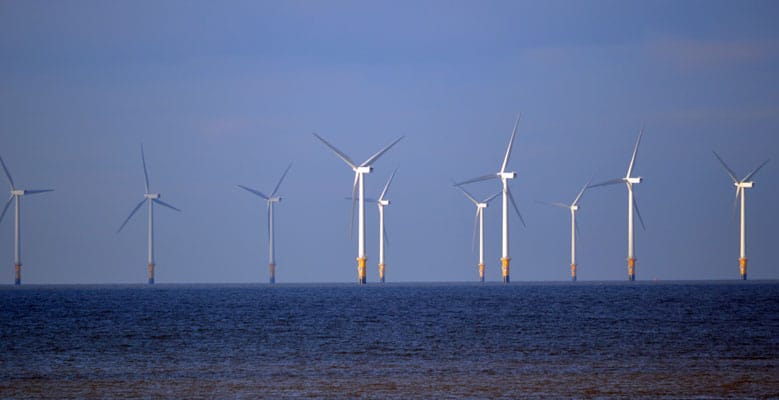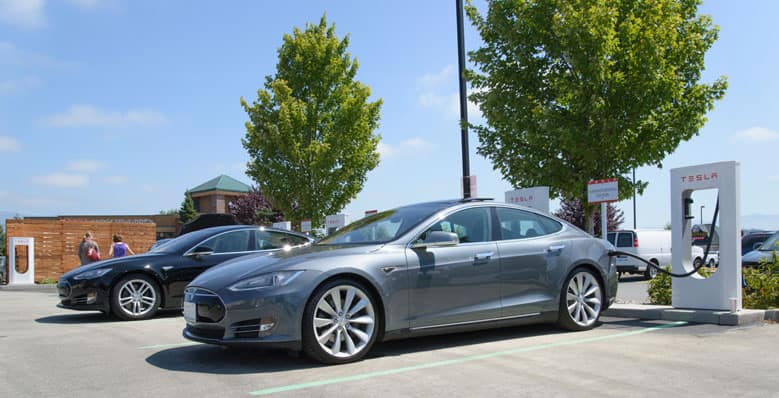February 5, 2015
We have another new, urgent warning from the world’s most respected climate scientists at the Intergovernmental Panel on Climate Change (IPCC). This new report indicates that unless we curb carbon pollution to ZERO, or less than zero, by 2100 the climate will be locked into a cycle of catastrophic warming.
Since the burning of fossil fuels began in the late 19th century, some 1,900 Gigatonnes (Gt) of CO2 and 1,000 Gt of other greenhouse gases have spewed into our atmosphere. That’s enough to cover the entire face of the earth in an eight foot thick cloud of heat-trapping gasses. Most of those emissions have occurred in just the last several decades. If we’re to have any chance of avoiding irreversible warming and the worst effects of climate change, we have to ensure that less than 1,000 Gt of CO2 is emitted going forward. Then we need to begin the process of removing carbon from the atmosphere.
This study’s findings were approved by more than 120 governments, and its recommendations will provide the basis for negotiators of a U.N. deal to combat global warming at the upcoming summit in Paris in December 2015.
The prognosis is dire. The task seems herculean. The numbers are stupefying. Even the most engaged climate activists could be forgiven for feeling numb. But we’re here to remind you that tackling this massive undertaking is not only possible, but underway across the world.
In Europe, there is now strong consensus to act. For the first time in history, China and the United States have begun bilateral discussions on emissions. There’s a growing international awareness that implementing policies and programs now will avoid incalculably costly responses later. Citizens, governments and corporations are already moving to get serious. Here are three ways that will help us get to ZERO:

1. Renewables
Wind and solar have become dramatically more affordable, and their uptake globally is vastly outpacing all prior forecasts. We must continue to shift away from fossil fuels and increase adoption of renewables. Putting a price on carbon is vital to accelerating this global transition.

2. Reforestation
We must find ways to remove the CO2 we’ve already emitted. Reforestation projects and curbs to deforestation have the potential to remove statistically significant volumes of CO2 from the atmosphere. Brazil is taking steps to protect its rainforest from decades of clearcutting to accommodate carbon-polluting livestock and soy-based forms of agriculture. Biologists and farmers are working to replant deserts and improve the world’s grasslands in order to store more carbon.

3. Energy Efficiency and Conservation
Doing radically more with less has become a mantra for many automakers, civil engineers, architects and planners. While we design tools and lifestyles that require less energy, we need governments to compel and incentivize this transition. It can be done. For example, a Japanese citizen uses half as much energy as his American counterpart. We can, and must, reengineer our lives to do more with less. The Japanese demonstrate that we won’t have to sacrifice our standard of living to do it. As individuals, the choices we make, the way we consume and the ways in which we organize our lives are important materially and morally. We should all choose to lead by our actions.